At last a front engine 2-plus-2 Lamborghini is getting respect…
by Wallace Wyss –
One of the most overlooked Lamborghini V12 models is the Islero.
It is a front engined car produced between 1968 and 1969 and is considered the replacement for the 400GT 2 plus 2.
It made its debut at the 1968 Geneva Auto Show. Like many another Lamborghini models, it was named after a Miura bull, in this case the one that killed matador Manuel Rodriguez “Manolete” on August 28, 1947.
Lamborghini’s first choice of coachbuilder would be Carrozzeria Touring, the same company that designed the chassis, but they were bankrupt, so Carrozzeria Marazzi was chosen because it was a firm started by Mario Marazzi, a Touring veteran.
Touring, you might remember, was the firm that did some Aston Martin DB4 cars for a period. Some think the styling is controversial (after all these years!) because Marazzi gave the car a three-box saloon-style shape rather than going fastback as were most of the GT cars of the era.
You could say it was basically a refresh of the 400GT, but the track was altered to allow for wider tires. Workmanship was a bit down from Touring—with a lack of fit of body panels, but overall the car won good marks for better outward visibility, a roomier interior, and much improved soundproofing.
The four-cam four-liter V12 under the hood, originally designed by Giotto Bizzarrini after he had left Ferrari, was rated at 325 brake horsepower (242 kW; 330 PS). That was connected to a five-speed transmission, fully independent suspension, and disc brakes.
The car enjoyed a top speed of 154 mph (248 km/h) and could go from zero to 60 mph (97 km/h) in 6.4 seconds.
When leaving the factory the original fitment of rubber was Pirelli Cinturato 205VR15 (CN72).
THE ISLERO S
Just as the Miura had a later S model, the Islero had an updated version that hit the market in 1969. It boasted an engine rated at 350 brake horsepower (260 kW), but the torque was the same.
In the updated S there were a few tweaks to the styling including brightwork on the front fenders, a larger hood scoop (which ironically, contrary to Ferrari practice, supplied air to the interior of the car, and not the engine), slightly flared fenders, tinted windows, round side-marker lights (instead of teardrops on the original), and a fixed section in the door windows. Inside, the car got a revised dashboard and interior.
RARE CAR
Only 125 Isleros were built. And 100 examples of the Islero S for a grand total of 225 cars.
When I looked it up on Haggerty.com in October, 2017 the insurance firm, which has its own value experts, were bullish on the Islero; but take note, their valuations are based on clean cars, not barn finds.
#1 Concours $220,000
#2 Excellent $187,000
#3 Good $159,000
#4 Fair $133,000
Their description of a #4 vehicles is bruisingly realistic: “(these) are daily drivers, with flaws visible to the naked eye. The chrome might have pitting or scratches, the windshield might be chipped. Paintwork is imperfect, and perhaps the body has a minor dent. Split seams or a cracked dash, where applicable, might be present. No major parts are missing, but the wheels could differ from the originals, or other non-stock additions might be present. A #4 vehicle can also be a deteriorated restoration. ‘Fair’ is the one.”
And, oh, yes, they add another 10% for factory air. Maybe this one was overpriced because a modern day celeb thinks his name adds mightily to its value, but Adam Carolla was advertising his 1968 Islero for $385,000 in 2016.
FAMOUS OWNERS
It is always interesting to know what car off the line that the creator of a car company owned, and in this case Ferruccio Lamborghini chose to drive an Islero as his daily driver (Ferrari, conversely, drove a Fiat!) Ferruccio’s own car boasted a few bespoke features not found on other Isleros. Such as wood on the dash matching Ferruccio’s favorite wooden Lamborghini-powered boat.
One was also piloted by Ferrucio’s brother, Edmondo. The model also got a bit of screen time, such as in the Roger Moore thriller The Man Who Haunted Himself.
Another screen appearance was in Mischief Assault, made in 1969. Why was the Islero allowed to fade into history after so short a time on stage? Let’s face it, the lower, faster mid-engined Miura was such a smash hit, and so dramatically thrust Lamborghini ahead of Ferrari in image that all of Ferrucio’s effort was put on the Miura, and development of the front engined cars from the prancing bull languished for a time….
Let us know what you think in the Comments.
THE AUTHOR: Wallace Wyss is the author of 18 car histories. His fine art includes portraits of Lamborghinis. For a list of what prints are in stock, contact Photojournalistpro2@gmail.com.
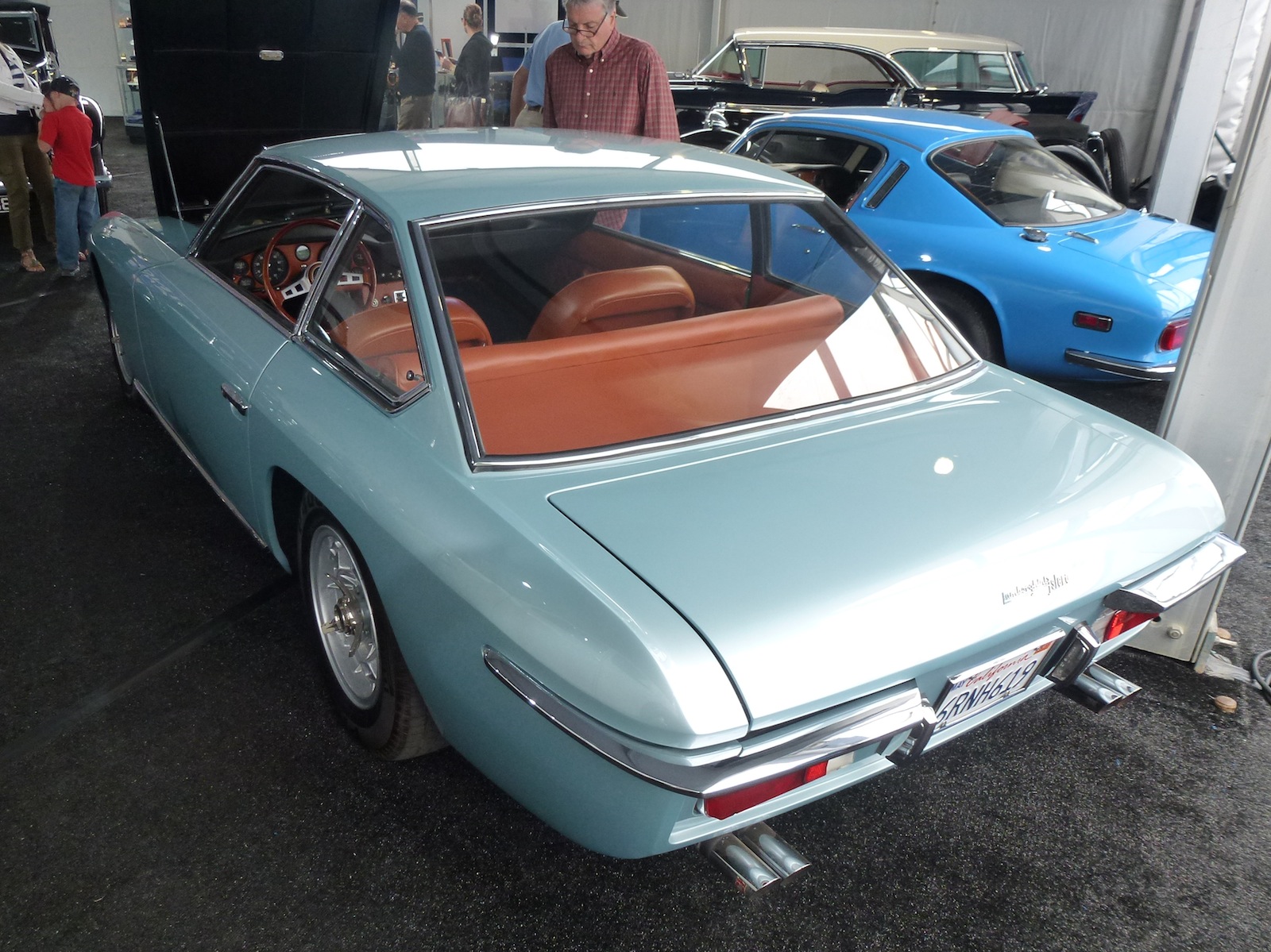
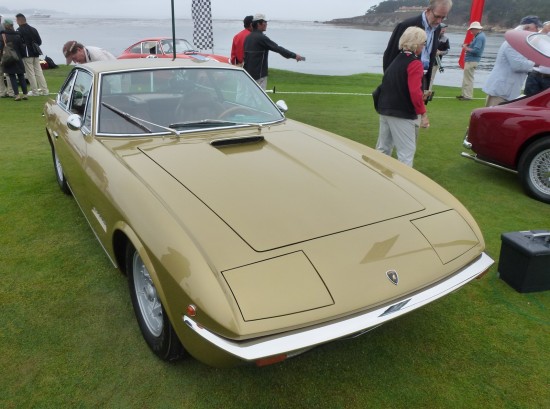
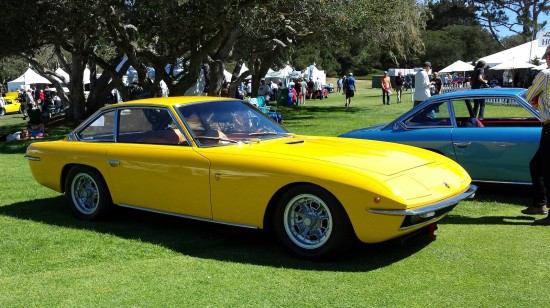
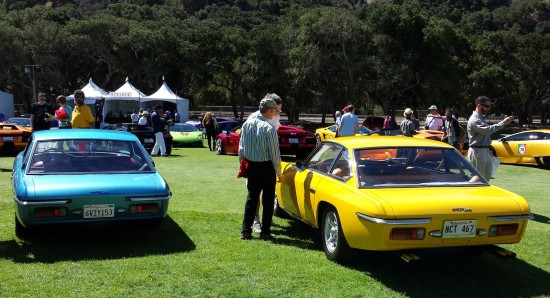
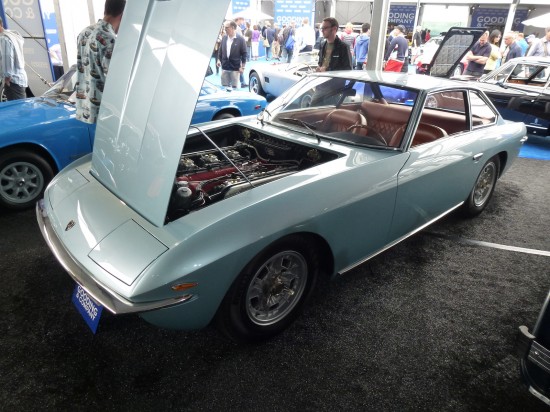
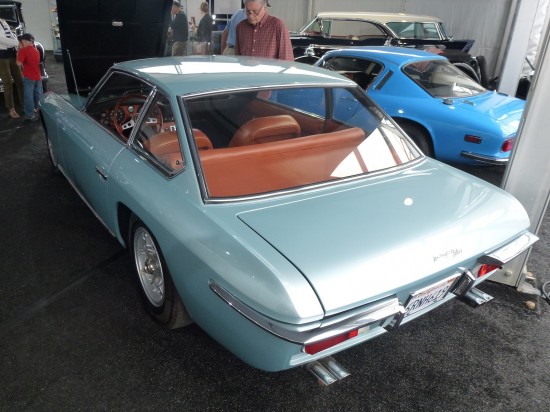


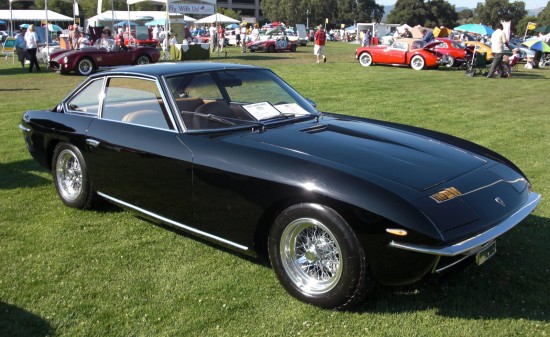
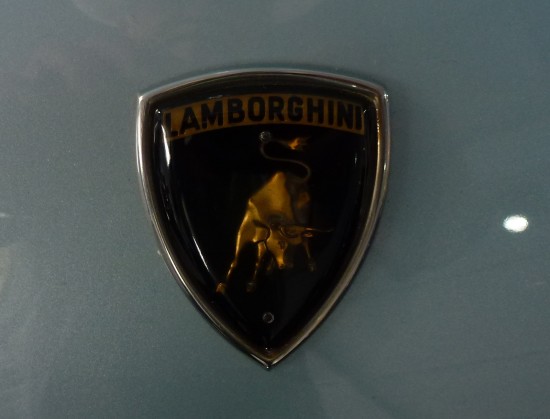
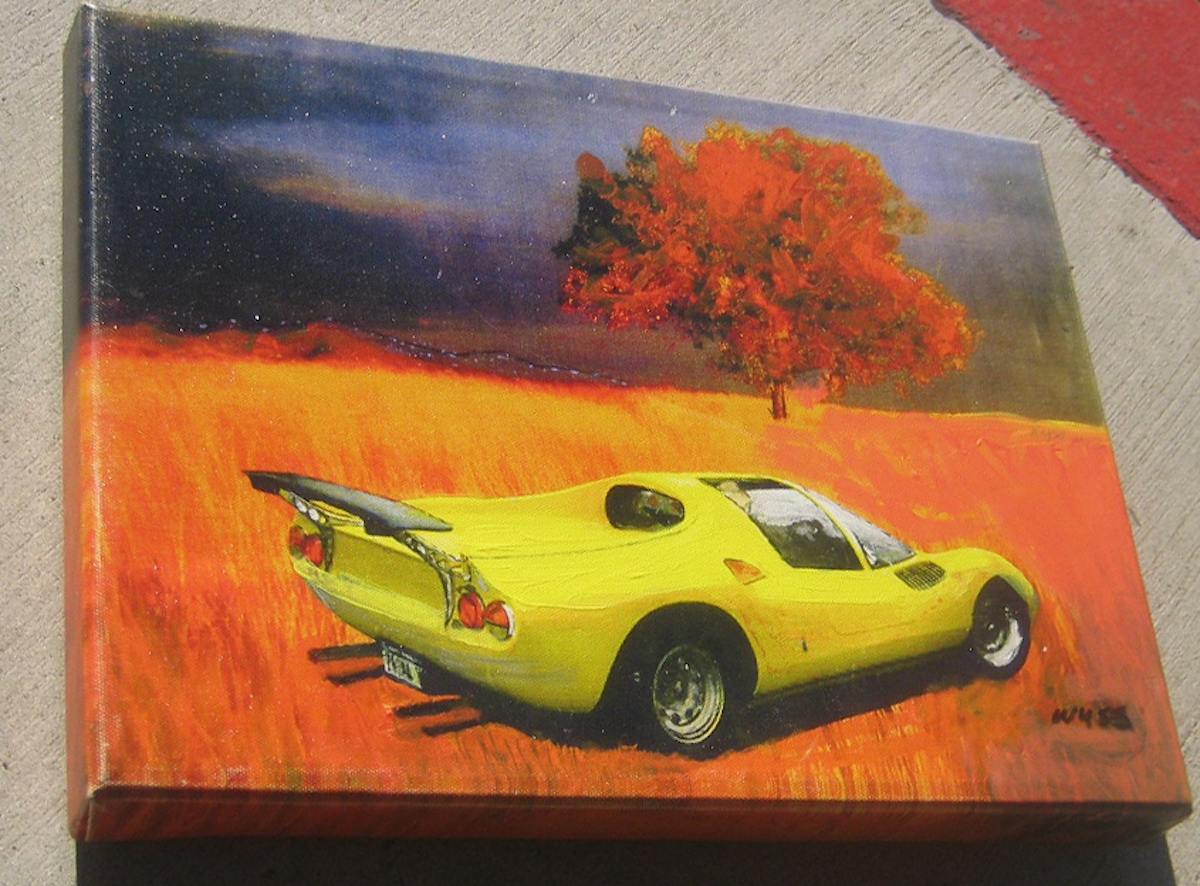

One of my personal favorites. Just waiting to hit the lotto so I can get one. Nice write up.
The Islero #6201 with its mahogany fuel filler cap used to belong to me as well I was the second owner after Ferrucio Lamborghini and still have a copy of the letter from Sig Lamborghini saying that he hoped I enjoyed the car as much as he had… it was also for unknown reasons faster than the typical Islero which was not explained in the letter but for the number of years I had not only the pleasure of ownership but of also doing the restoration on the car prior to selling the car…
High profile cams….Kenneth Jones